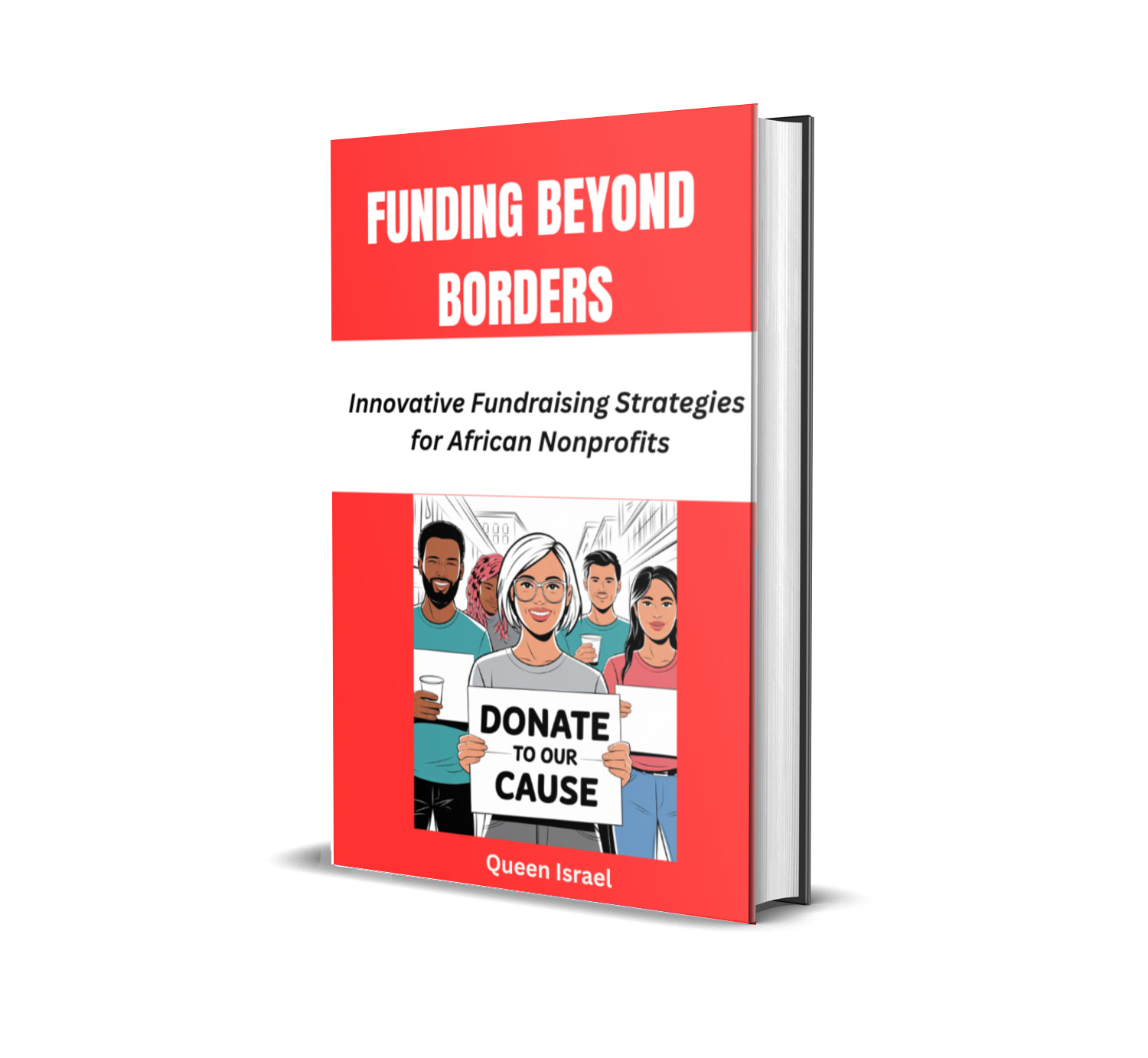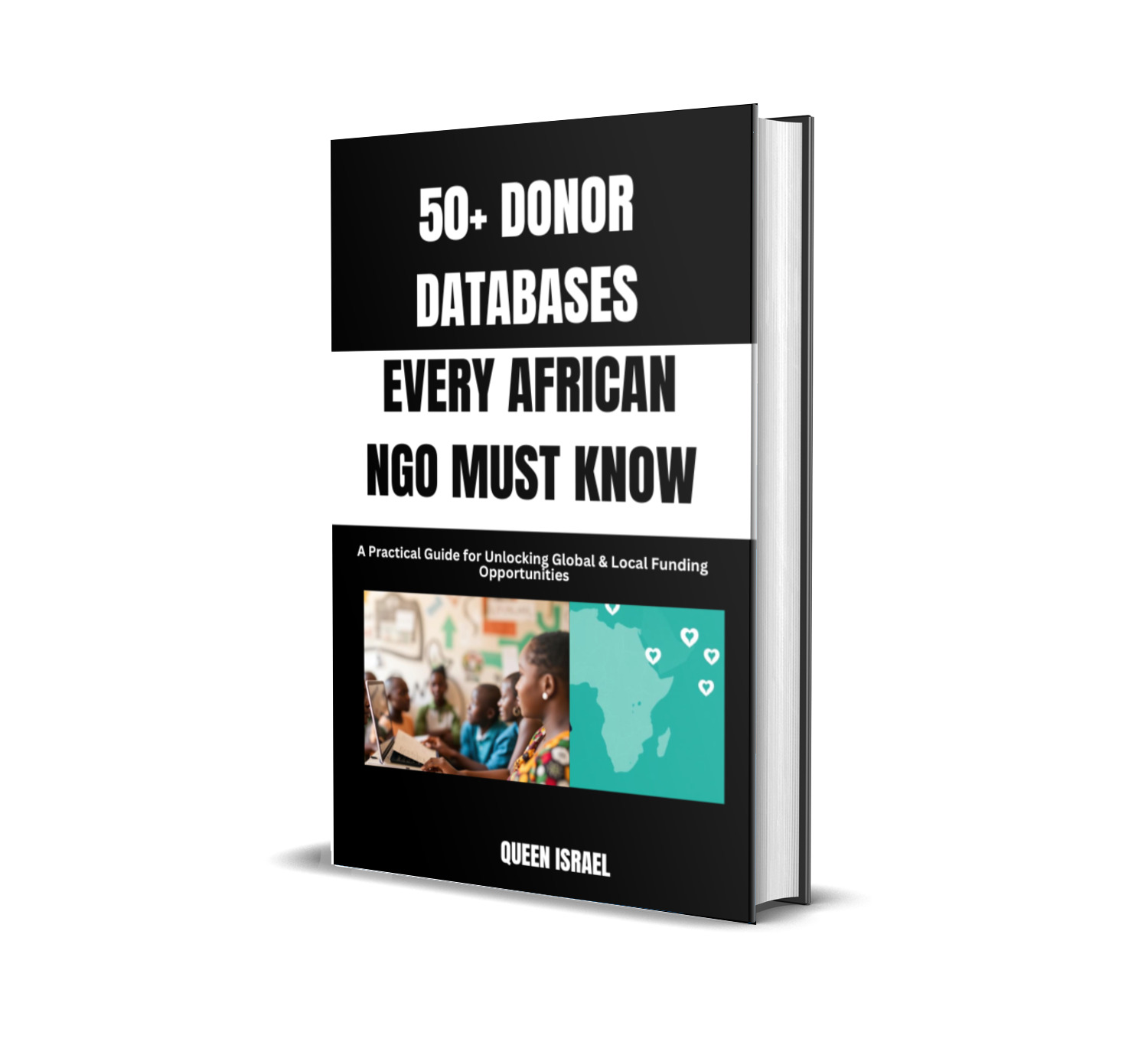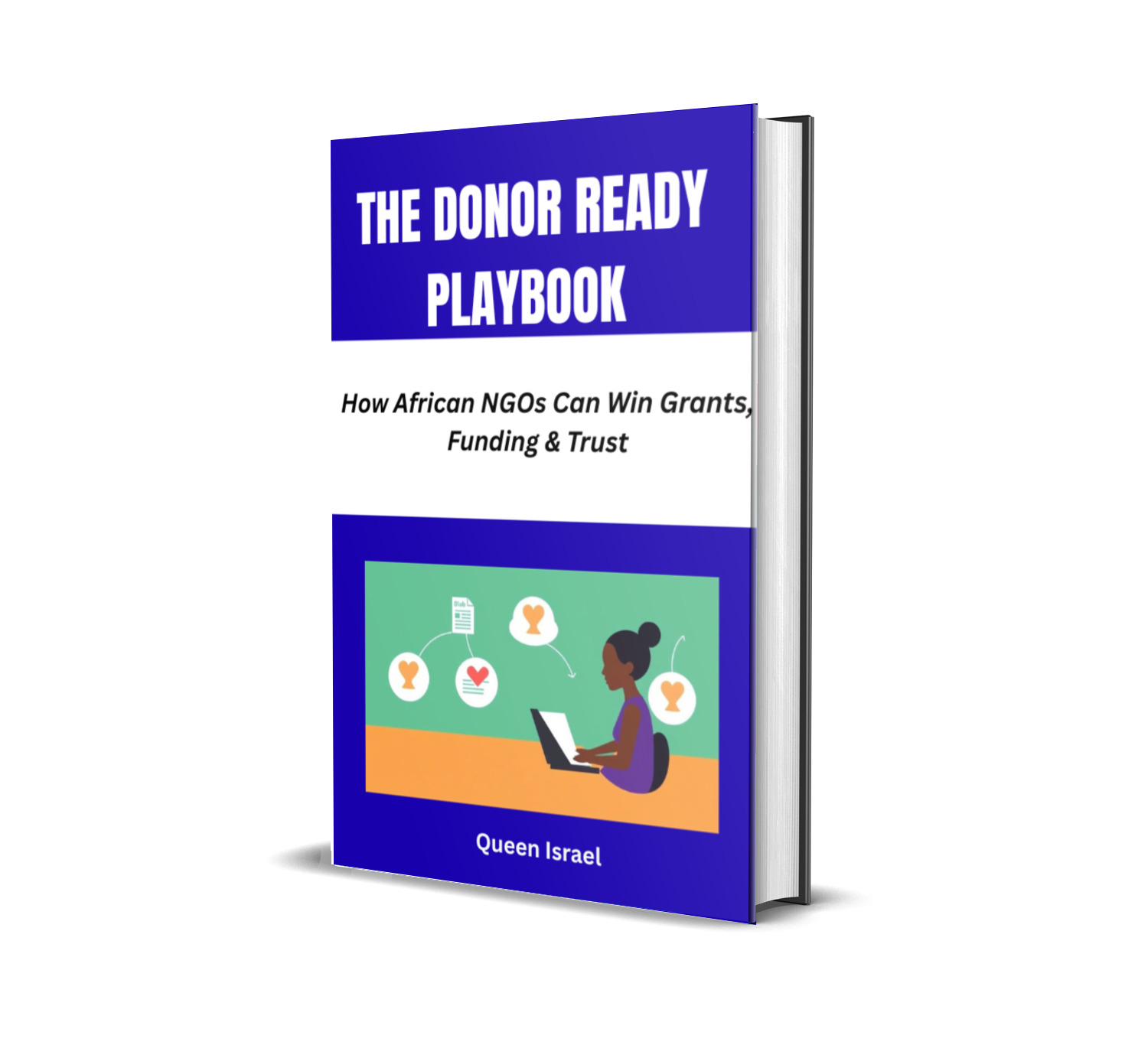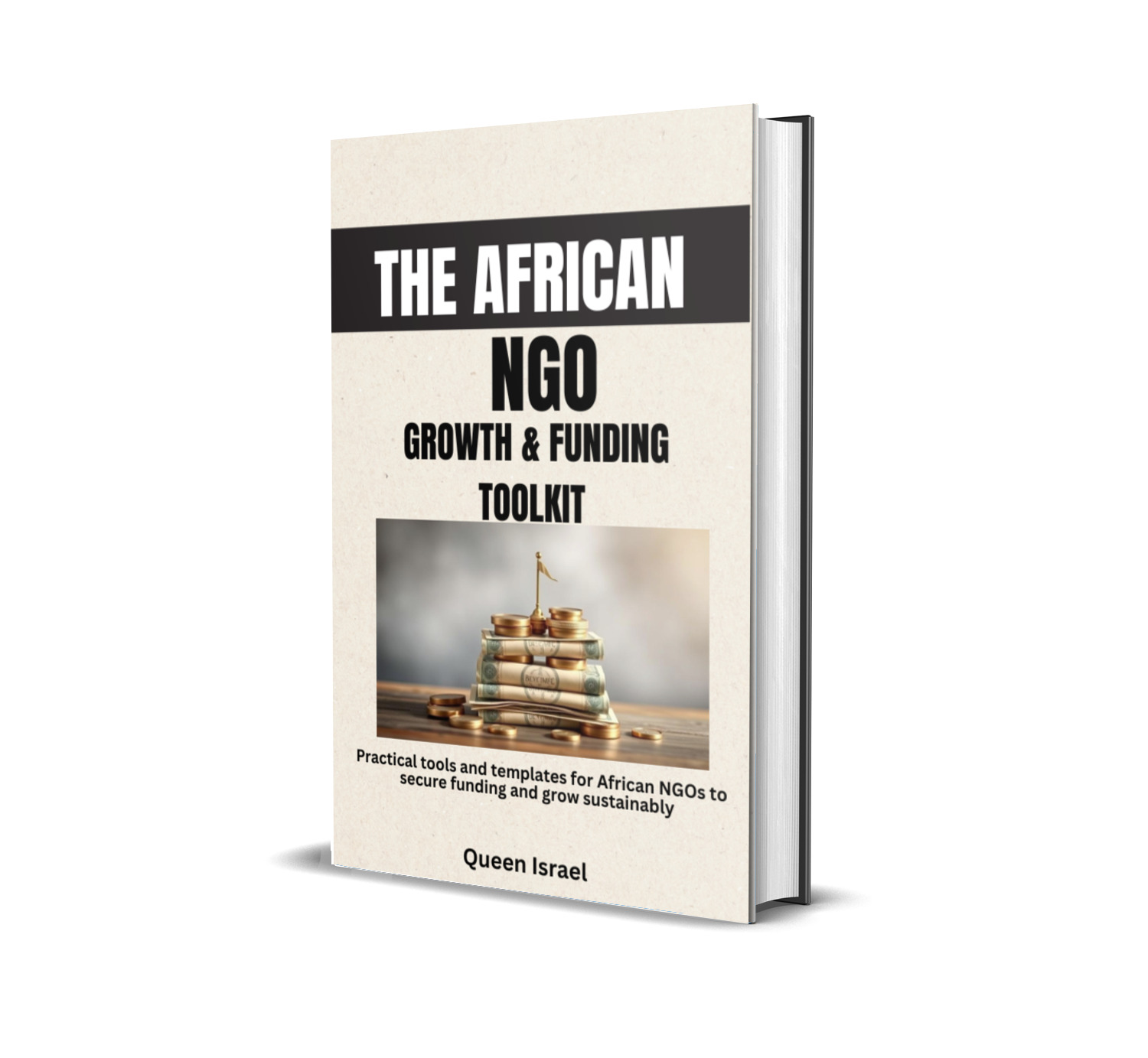Every year, countless African NGOs submit grant proposals with hope and high expectations.
Yet, despite their dedication, most of these proposals are rejected or ignored. The frustration can be overwhelming, especially when your programs have the potential to transform communities, save lives, and drive systemic change.
After working with NGOs across Africa for over a decade, I’ve seen a pattern: the #1 reason most African NGOs lose grants isn’t lack of passion, ideas, or community impact—it’s misalignment with funder priorities and poor proposal strategy.
In this article, we’ll explore why this happens, break down the common mistakes that lead to rejection, and provide actionable steps you can implement immediately to drastically improve your success rate.
1. The Core Problem: Misalignment with Funders
The biggest mistake NGOs make is submitting proposals that don’t truly fit the funder’s priorities. Funders—foundations, corporate CSR programs, and international donors—have specific missions, goals, and desired outcomes.
Common issues:
- Applying to grants that focus on a different geographic area or issue.
- Proposals that fail to address the donor’s key objectives.
- Generic applications that look like mass submissions.
Example:
An environmental NGO in Kenya kept applying to grants labeled “community development” without highlighting environmental outcomes. Despite having impactful programs, their proposals were rejected. Once they targeted environmental-focused grants and aligned their language, they secured $50,000 within two months.
Solution: Start by researching every funder thoroughly. Read past grants they’ve awarded, understand their priorities, and ensure your proposal demonstrates a clear match.
2. The Problem with Generic Proposals
Even if your NGO aligns with a funder, generic proposals rarely win. Funders receive dozens or even hundreds of submissions. To stand out, your proposal must be specific, clear, and compelling.
Key mistakes in generic proposals:
- Using template language that doesn’t reflect your unique program.
- Focusing on problems without offering measurable solutions.
- Failing to demonstrate outcomes or community impact.
Actionable fix:
- Tell a story about real beneficiaries. Include numbers, outcomes, and success stories.
- Provide a step-by-step plan showing how your project will achieve its goals.
- Be clear, concise, and compelling—avoid heavy jargon.
Example:
A youth NGO revised its proposal to include a timeline, measurable outputs, and a short story of a beneficiary. The funder was able to see exactly how their investment would make a difference—and funded the project.
3. Weak Budgets and Financial Planning
Even strong proposals often fail because of poor budgeting. Donors need confidence that their funds will be managed responsibly.
Common errors:
- Vague or incomplete budgets (“materials: $5,000” without details).
- Not including administrative or operational costs.
- No plan for sustainability after the grant period.
Actionable fix:
- Break down each expense with justification.
- Include administration costs transparently.
- Provide a sustainability plan explaining how the project continues post-grant.
Example:
An NGO in Ghana included a detailed 12-month cash flow projection and clearly defined every budget line. Donors immediately recognized their professionalism and awarded the grant.
4. Neglecting Monitoring & Evaluation (M&E)
Donors want proof of impact. Many African NGOs overlook M&E, which signals to funders that the NGO may not track results or use funds effectively.
Actionable steps:
- Define measurable indicators (e.g., number of children educated, meals delivered, people trained).
- Outline how progress will be monitored and reported.
- Include visuals (charts, tables, infographics) to illustrate impact.
Example:
A health NGO implemented a system to track monthly vaccination numbers. Including this M&E framework in their proposal reassured donors and led to repeat funding.
5. Failing to Understand Donor Priorities
Many NGOs draft proposals without understanding the funder’s preferences, culture, and evaluation criteria.
Smart strategy:
- Analyze funders’ previously funded projects.
- Highlight outcomes that align with their goals.
- Use the same language and terminology funders use in guidelines.
Example:
A women’s empowerment NGO aligned its proposal with a funder’s “gender equality and youth leadership” focus. By mirroring their language and clearly connecting activities to outcomes, they secured $40,000 in funding.
6. Overemphasis on Problems, Underemphasis on Solutions
Funders want results, not just a list of issues. NGOs often write long sections about community problems but fail to demonstrate how they will solve them.
Actionable fix:
- Clearly articulate the solution and steps to achieve it.
- Show measurable outcomes and real-world impact.
- Include short-term and long-term benefits.
Example:
Instead of writing “there’s high youth unemployment in Lagos,” a proposal could state: “We will train 200 youth in digital skills over six months, connect them with employers, and aim for at least 60% job placement within a year.”
7. Not Telling a Compelling Story
Numbers alone don’t convince donors. Stories create emotional connection, build trust, and make your proposal memorable.
Actionable tips:
- Include testimonials from beneficiaries.
- Highlight real-life impact examples.
- Combine data with narrative to show both credibility and humanity.
Example:
An NGO added a short story about a single mother who benefited from their program. The funder could immediately visualize the impact and awarded funding.
8. Poor Follow-Up and Donor Engagement
Submitting a proposal is just the first step. Many NGOs fail to engage donors before, during, and after submission.
Smart approach:
- Maintain communication with funders, providing updates or clarifications.
- Share success stories, photos, or short reports.
- Build relationships to increase the likelihood of repeat funding.
Example:
An NGO followed up with a donor after submitting a proposal and shared preliminary program results. This engagement helped secure additional funding in the next cycle.
9. Diversify and Strategize Funding Sources
Relying solely on one type of funding increases risk. NGOs should blend grants, corporate partnerships, crowdfunding, and social enterprise models.
Example:
A community health NGO combined local donations, international grants, and a small clinic fee-for-service model. This ensured consistent funding and allowed programs to scale sustainably.
Grab Your Free Toolkit for Sustainable Growth
To help African NGOs implement these strategies, we’ve created a free resource:
“The African NGO Growth & Funding Toolkit”
Includes:
-
Grant research checklist
-
Proposal template & M&E plan
-
Budgeting worksheet
-
Donor engagement plan
-
Tips for sustainable program growth
Download it here and start winning funding while building lasting impact:
Final Thoughts: Fix the Root Cause Today
The #1 reason African NGOs lose grants is misalignment with funders combined with weak proposal strategy. By:
- Researching funders carefully
- Submitting tailored, high-quality proposals
- Including budgets, M&E, and impact storytelling
- Building relationships and diversifying funding
…your NGO can stop losing grants and start winning funding consistently.
Remember, funders fund clarity, credibility, and impact. Address these, and your next proposal could change your organization’s future.





